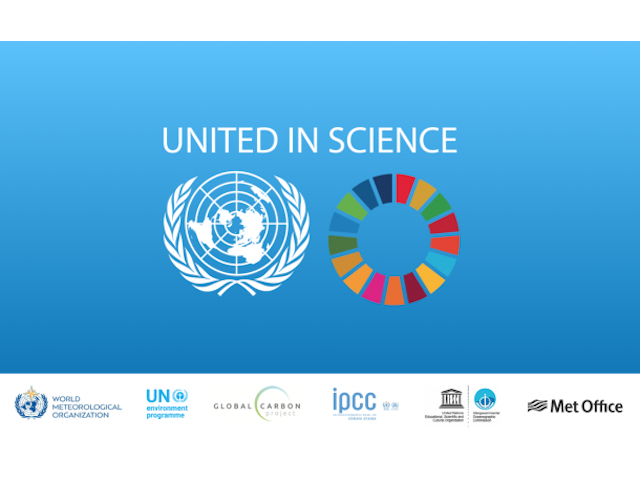CO2-concentration in the atmosphere reached a new high level: 410 to 414 ppm. If we want to keep the line for 1,5 degree for 2100 we need to reduce carbon emissions by 7 % – every year! But: “We have the solutions to get on track: Is it then possible to bridge the emissions gap? The short answer is yes, but time is running out. The Emissions Gap Reports have provided a detailed assessment of sectoral mitigation options in 2030, which shows that the economic and technical mitigation potential is sufficient to get on track to well below 2 °C and to 1.5 °C. A substantial part of the short-term potential can be realized through scaling up and replicating existing, well-proven policies that simultaneously contribute to other Sustainable Development Goals. One example is how renewables and energy efficiency, in combination with electrification of end uses (including transport) and a phase out of coal, are key to a successful transition of the global energy sector and to driving down energy-related CO2 emissions. Technological and economic developments offer opportunities to decarbonize the energy sector at a cost that is lower than ever“ Renewables are by now the cheapest source of new power generation in most parts of the world, with the global weighted average purchase or auction price for new solar power photovoltaic systems and onshore wind turbines now competitive with the marginal operating cost of existing coal plants by 2020 (Figure 3). As there is a significant time lag between policy decisions and the reaping of emission reduction benefits, the 2020– 2024 period, which is the first NDC and global stocktake cycle under the Paris Agreement, will be defining for the possibility of bridging the 2030 emissions gap.

